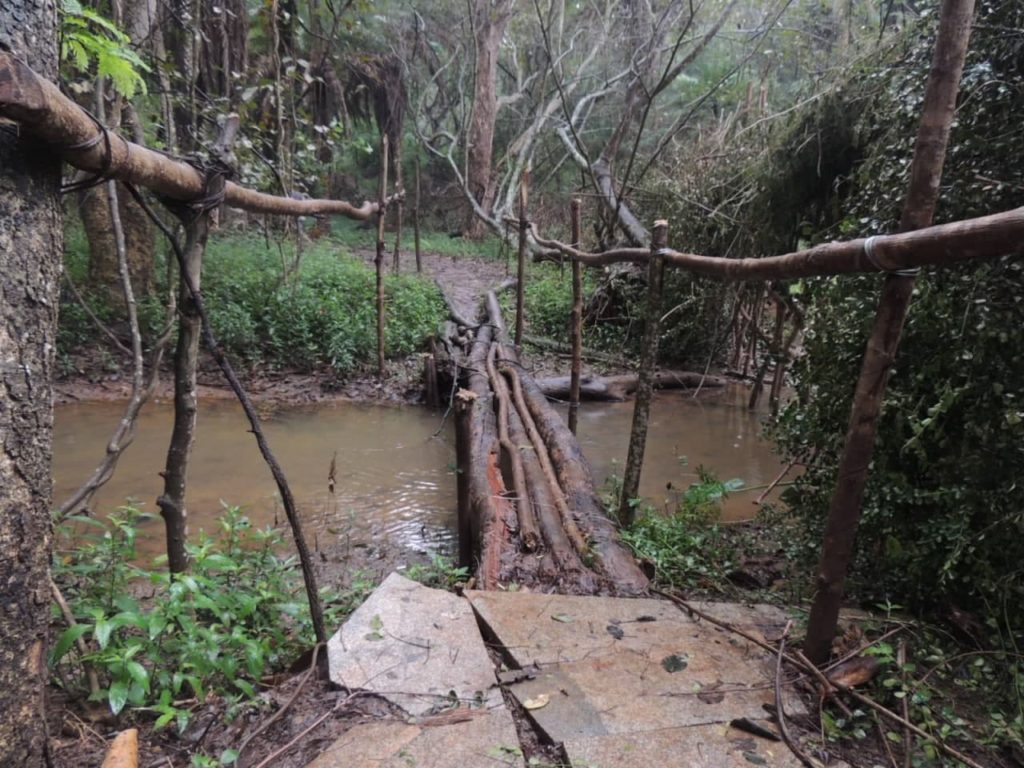Today is March 21, the International Day of Forests. It is the day after the March Equinox, the beginning of spring – the heralding of new life everywhere. As I watched the sun rise over the beautiful east coast of Chennai, the heart was filled with an expansiveness, the hands instinctively folded in awe and reverence at the way the majesty of the sea was contained in the shoreline – constantly forming and reshaping, an essential metaphor for the way nature orchestrates Her work. But as I stood there basking in the moment, letting the waves and the breeze and the morning light work their magic, they all seemed to mock me, in fact all of us, for our limited minds and our even smaller hearts.

Years ago, when I read the Mahabharata as a child, the story that stayed with me was how the Pandavas, during their years of exile, were requested by the animals in the forests, to shift camp. “Let us heal and rejuvenate – give us some space”, they had asked. And the disenfranchised brothers and the Queen Draupadi obliged and moved camp. I was too young to understand it then but I wonder today if this is how a rights based approach to conservation would look, where access to the commons is seen from the perspective of all those impacted. The sacred groves that were prevalent across the country and the numerous stories of the vanadevatas are perhaps embedded reminders of this same perspective. “The elephant god came; we just climbed on the rock and prayed for him to leave – he waited and he left. We were not afraid, the forest gave us everything; we never had to look elsewhere” – these words of the Yanadi tribal elder summed up the relationships that defined forests.
A forest is a relationship. Not the trees, the human beings and the other animals but the complex web of life that held all these together. There is an urgent need to revive this relationship with forests today. Now more urgent than ever. As you read this, about 18% of forest land in the Andaman and Nicobar Islands is to be handed over for the area to be developed as a trade hub and port and a tourist destination. The ostensible plan for development does not seem to have factored in the ecological fragility or the geological vulnerability of the region. The biodiversity of the region and the rights of the indigenous people have become passe to discuss; how else can we explain the suggestion of alternative land for afforestation in Madhya Pradesh for the land taken up in the Andamans! This kind of assault on natural resources, unmindful of ecological limits and excluding local communities and their rights, cannot produce a sustainable model of development.
What is urgently needed is to build into our education system love and reverence for the natural world that we are but a part of. A forest is not a mere metric for carbon credit. It is not simply a collection of trees. It is a tapestry of life – the many connections of which we many not understand. Forests are cultural and natural resources. Equitable access to natural resources is to be understood as an inalienable right for all human beings, in fact all species that we share our home with. A sense of ecological justice must be an essential part of the school curriculum for the students to understand the interdependence of ecosystems; we need to build in them the ability and attitude to understand the true costs of of ecological disruption, both in and of itself and in terms of its impact on human societies.
The Right to Education is meaningless if we are unable to address this continuous exploitation of natural resources and disruption of ecosystems, with its disproportionate impact on those who are already marginalized and disadvantaged. Education is not the mere access to literacy and numeracy to produce minions for the economy; it is the promise for building an equitable society. Ecological justice needs to the starting point for this movement towards social justice. And this should be the project of education.
